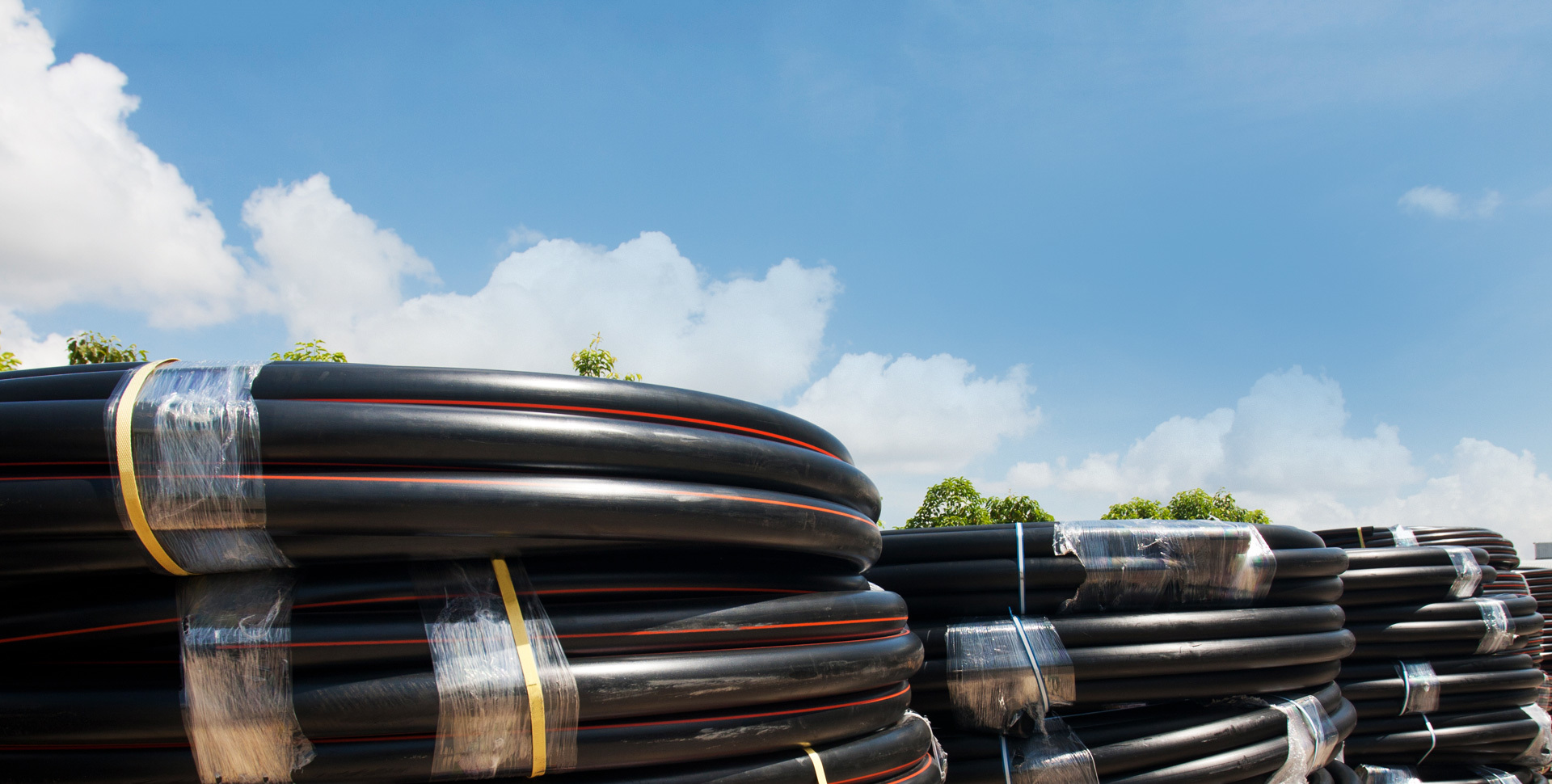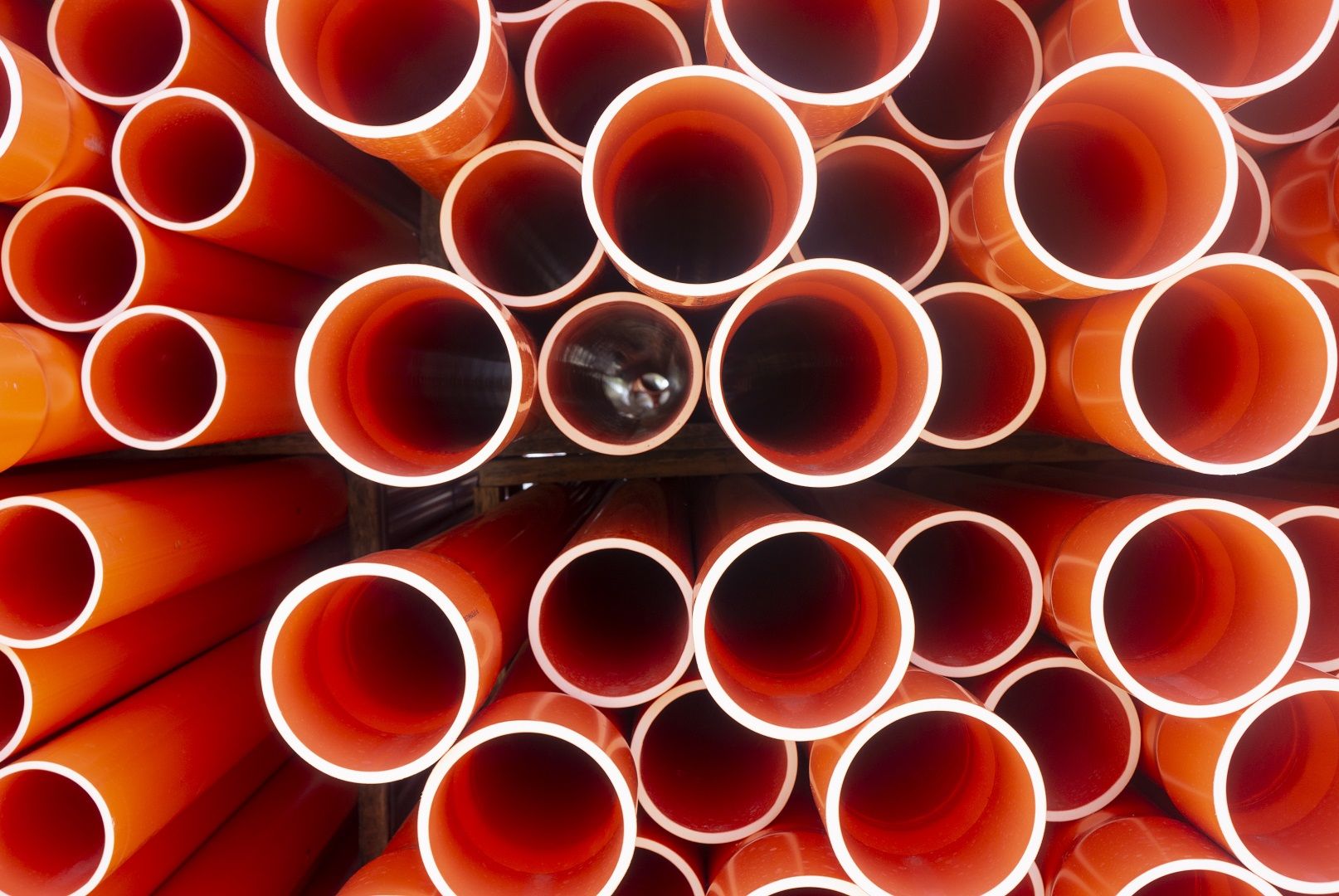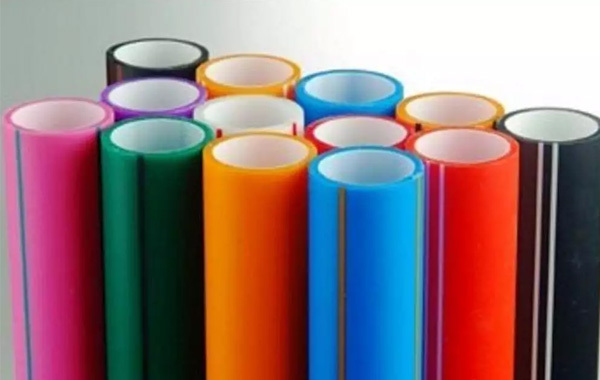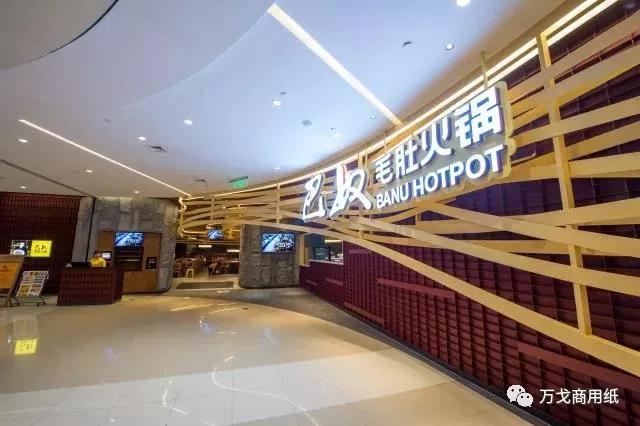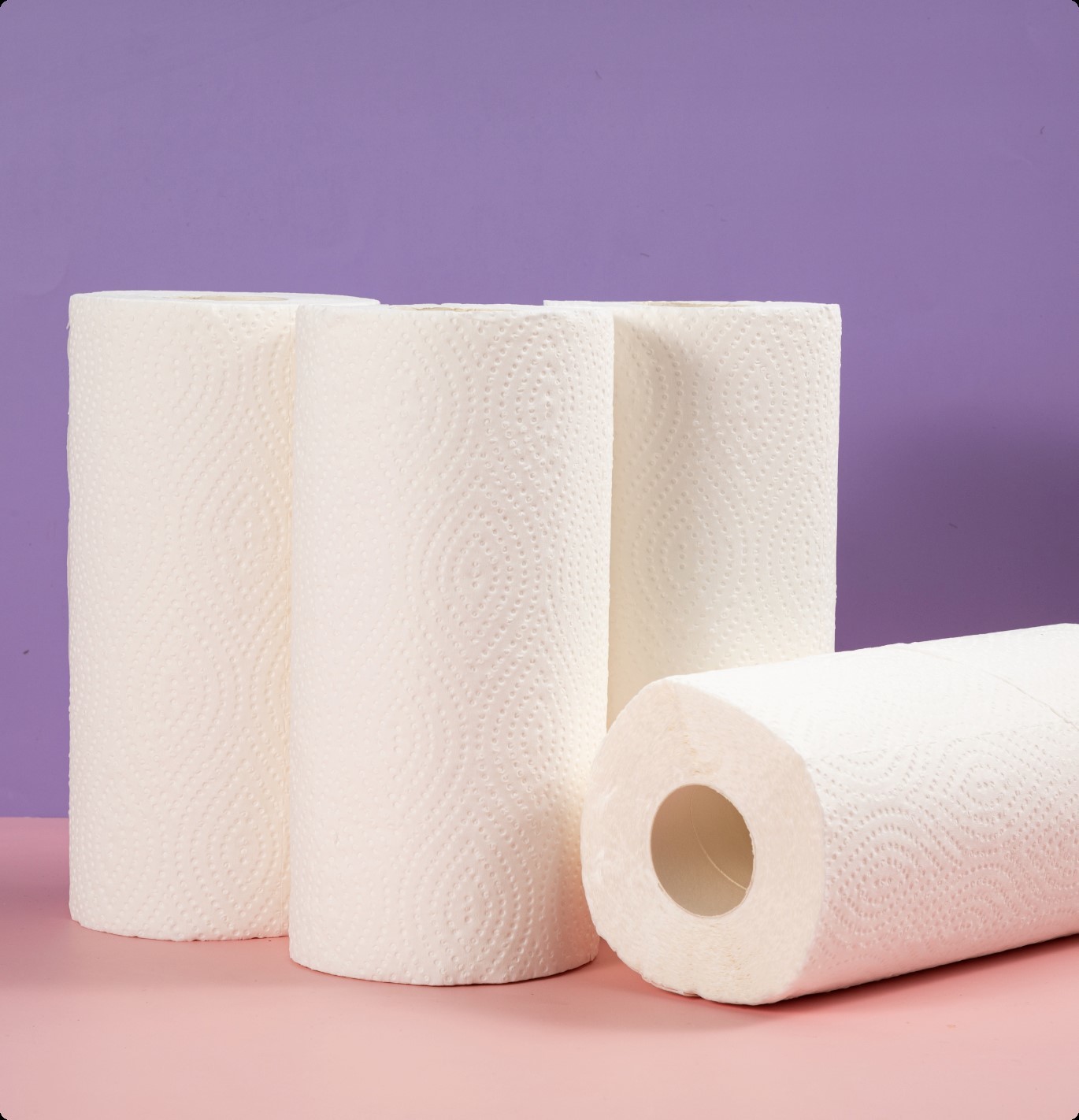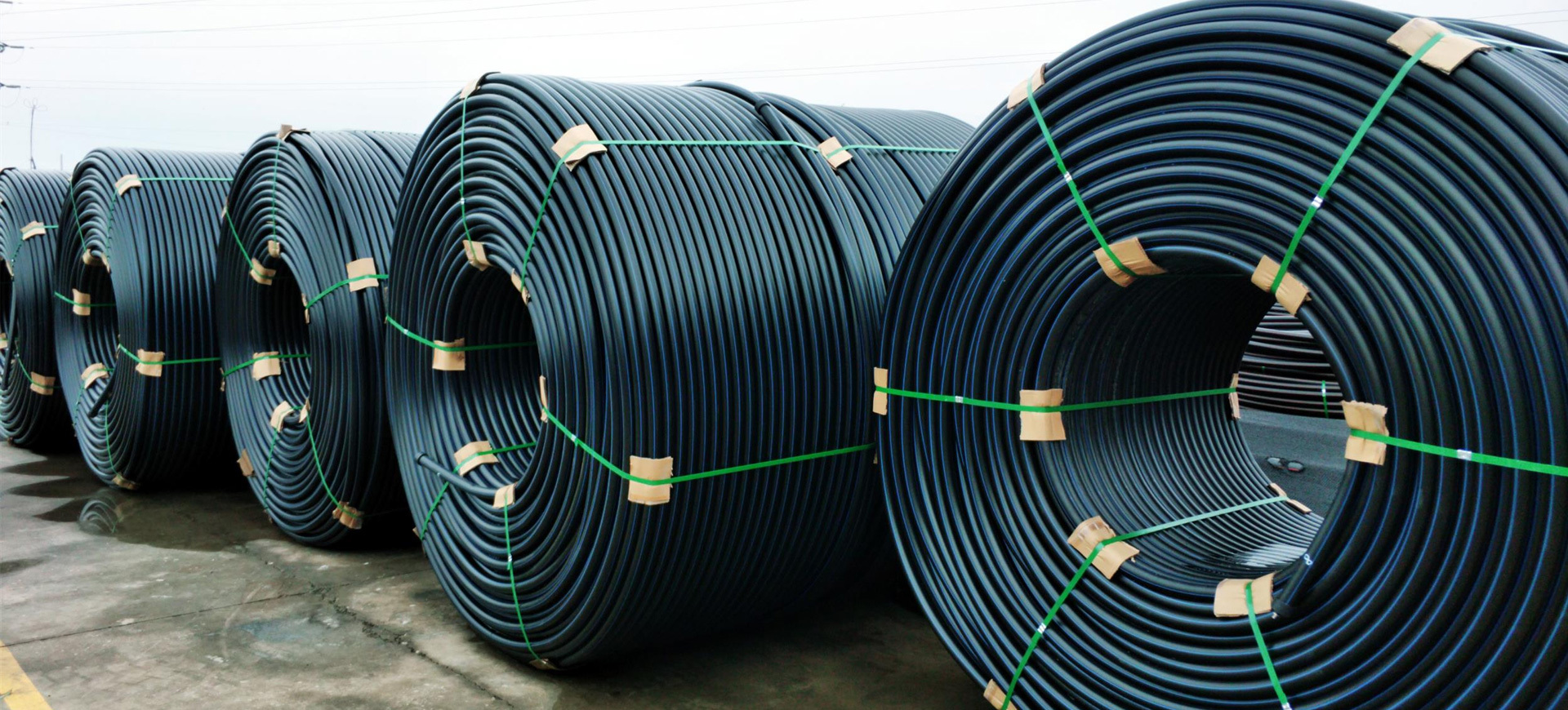Empowering Your Network: The Essential Role of Multi-Hole Optical Cable Protection Tubes
Dec 31,2024
Empowering Your Network: The Essential Role of Multi-Hole Optical Cable Protection Tubes
Table of Contents
- 1. Introduction to Multi-Hole Optical Cable Protection Tubes
- 2. Why Multi-Hole Optical Cable Protection Tubes Matter
- 3. Understanding the Construction of Multi-Hole Optical Cable Protection Tubes
- 4. Key Benefits of Using Multi-Hole Optical Cable Protection Tubes
- 5. Installation Techniques for Optical Cable Protection Tubes
- 6. Maintenance Tips for Longevity and Performance
- 7. Common Issues and Solutions with Optical Cable Protection Tubes
- 8. The Future of Optical Cable Technology and Protection
- 9. Conclusion
- 10. Frequently Asked Questions
1. Introduction to Multi-Hole Optical Cable Protection Tubes
In today’s digital age, the performance and reliability of network infrastructure are paramount. One crucial component that plays a significant role in safeguarding optical networks is the **multi-hole optical cable protection tube**. These specialized tubes are designed to house and protect fiber optic cables, ensuring they function optimally even in challenging environments. As network demands continue to grow, understanding the importance of these protection tubes is integral for engineers and technicians alike.
2. Why Multi-Hole Optical Cable Protection Tubes Matter
The need for robust cable protection solutions arises from the increasing data transmission requirements and the vulnerability of optical cables to physical damage. Multi-hole optical cable protection tubes provide an effective barrier against external stressors such as moisture, dust, and physical impacts. By encapsulating multiple cables within a single tube, these solutions not only streamline network organization but also enhance overall network performance.
Understanding Network Vulnerabilities
Optical cables are inherently delicate, and their exposure to environmental factors can lead to significant performance degradation. With multi-hole protection tubes, the risk of cable damage is substantially reduced, which translates to lower maintenance costs and improved network uptime.
3. Understanding the Construction of Multi-Hole Optical Cable Protection Tubes
The effectiveness of multi-hole optical cable protection tubes is largely attributed to their sophisticated construction. Typically made from high-quality materials such as **polyethylene** or **PVC**, these tubes are engineered to withstand harsh conditions while ensuring flexibility and durability.
Material Composition
- **Polyethylene**: Offers excellent weather resistance and flexibility.
- **PVC**: Provides durability and impact resistance, making it suitable for various applications.
Design Features
Multi-hole optical cable protection tubes are designed with several key features:
- **Multiple Channels**: Allow for the accommodation of several cables within a single tube, optimizing space and organization.
- **Reinforced Walls**: Enhance protection against external pressures and impacts.
- **Seamless Joints**: Minimize potential weak points that could compromise cable integrity.
4. Key Benefits of Using Multi-Hole Optical Cable Protection Tubes
The implementation of multi-hole optical cable protection tubes presents a range of benefits that significantly contribute to the efficiency and reliability of optical networks.
Enhanced Protection
By encasing multiple cables, these tubes provide superior protection against physical damage, moisture, and dust.
Improved Organization
Multi-hole tubes facilitate better management of cable layouts, reducing clutter and enhancing accessibility during maintenance and upgrades.
Cost-Effective Solution
Investing in these protection tubes can lead to long-term savings by reducing the frequency and cost of repairs due to cable damage.
Versatility
These tubes can be used in various environments, from urban settings to industrial landscapes, making them suitable for a wide range of applications.
5. Installation Techniques for Optical Cable Protection Tubes
Proper installation of multi-hole optical cable protection tubes is crucial to maximize their effectiveness and ensure the integrity of the network.
Preparation Steps
1. **Site Assessment**: Evaluate the installation environment to identify potential hazards and ensure compatibility with existing infrastructure.
2. **Cable Selection**: Choose appropriate optical cables based on the required specifications and performance criteria.
Installation Process
1. **Cutting the Tube**: Measure and cut the protection tube to the desired length.
2. **Inserting Cables**: Carefully insert each optical cable into its designated channel, ensuring no strain is placed on the cables.
3. **Sealing Ends**: Use appropriate sealing techniques to prevent debris and moisture from entering the tube.
6. Maintenance Tips for Longevity and Performance
To ensure the longevity and optimal performance of multi-hole optical cable protection tubes, regular maintenance is essential.
Regular Inspections
Conduct routine inspections to check for signs of wear, damage, or blockage. Early detection of issues can prevent significant problems down the line.
Cleaning Procedures
Keep the external surfaces of the tubes clean to prevent the accumulation of dirt and debris that could affect performance.
Monitoring Environmental Conditions
Be aware of environmental conditions that may impact the tubes, such as extreme temperatures or moisture levels, and take appropriate measures to mitigate risks.
7. Common Issues and Solutions with Optical Cable Protection Tubes
Despite their many advantages, multi-hole optical cable protection tubes can encounter some common issues. Understanding these problems and their solutions is key to maintaining a reliable network.
Issue: Blockages in Tubes
**Solution**: Regularly inspect and clear any obstructions from the tubes to ensure unimpeded cable performance.
Issue: Physical Damage to Tubes
**Solution**: Assess any damage promptly and replace sections of the tube if necessary to maintain protection.
8. The Future of Optical Cable Technology and Protection
As technology continues to evolve, so does the design and functionality of optical cable protection solutions. Innovations in materials and construction techniques are paving the way for even more advanced multi-hole protection tubes.
Emerging Trends
- **Smart Tubes**: Future designs may feature integrated sensors to monitor environmental conditions and cable performance in real-time.
- **Sustainable Materials**: The shift towards eco-friendly materials will help minimize the environmental impact of optical cable installations.
9. Conclusion
The role of multi-hole optical cable protection tubes in enhancing network reliability cannot be overstated. As networks become more complex and data demands increase, investing in robust protective solutions is essential for maintaining performance and minimizing downtime. By understanding their construction, benefits, and maintenance requirements, network professionals can ensure that their optical infrastructures remain secure and efficient for years to come.
10. Frequently Asked Questions
What are multi-hole optical cable protection tubes?
Multi-hole optical cable protection tubes are specialized tubes designed to encase multiple optical cables, providing protection against environmental hazards and physical damage.
How do I install multi-hole optical cable protection tubes?
Installation involves cutting the tube to the required length, inserting the optical cables into their respective channels, and sealing the ends to prevent debris and moisture ingress.
What materials are multi-hole optical cable protection tubes made from?
Common materials include polyethylene and PVC, both known for their durability and resistance to environmental stressors.
How can I maintain multi-hole optical cable protection tubes?
Regular inspections, cleaning, and monitoring environmental conditions are essential for maintaining the performance and longevity of these protection tubes.
What are the common issues with optical cable protection tubes?
Common issues include blockages and physical damage to the tubes, both of which can be mitigated through regular inspection and maintenance practices.
Latest News

